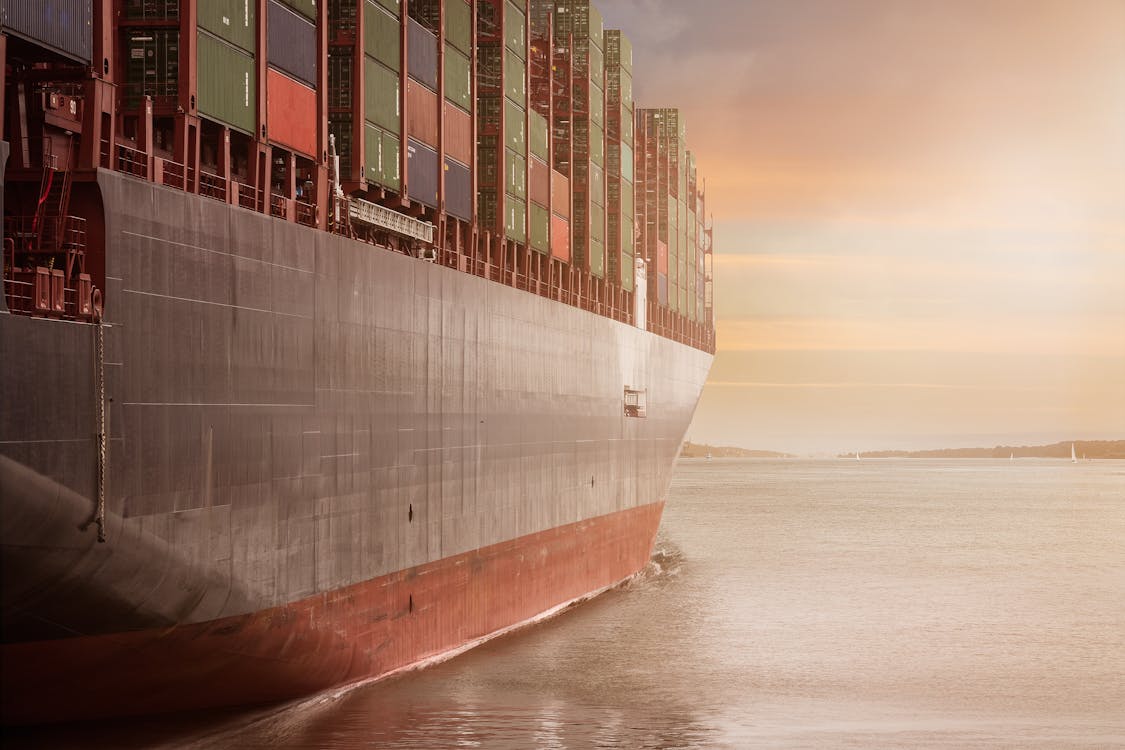Before diving into its role in the mining industry, let’s look at the IoT or the Internet of Things in simple terms.
So, what exactly is the IoT?
The IoT refers to the global network of devices, equipment and technology connected to the internet. Thanks to the arrival of cheap computer chips and the all-presence of wireless networks, something as small as a children’s toy – to something the size of an airliner – can become an IoT device.
IoT technology can combine and share data without the help of a human being.
Many physical objects can be transformed into IoT devices to control or communicate information. Connecting billions of devices worldwide – and adding sensors – transforms them from “dumb” with a layer of digital intelligence to enable real-time data communication.
Broadly, the Internet of Things makes the material of the world around us more intelligent and responsive, linking the digital and physical realms.
Are environmental regulations, health and safety concerns or potential profit loss a concern right now?
IoT in mining operations: Risk Vs Reward
The IoT is changing the face of mining operations in multiple ways while also introducing some potential concerns.
Driven by challenges in the volatile commodity market, miners are keenly searching for the ability to leverage reliable and flexible communication systems across their sites.
The hunt for a “connected mine” is on in earnest.
The significant positive impacts of IoT technology are seen throughout:
- Asset Tracking, Remote Diagnostics & Predictive Maintenance
- Emission and Groundwater Level Monitoring
- After-blast Monitoring
- Wearable-based Event Reporting & Rock Bolt Monitoring
- Ventilation-on-Demand (VoD)
However, as with all new developments, there’s a flipside.
And connecting industrial equipment to the IoT also introduces the risk of industrial espionage or destructive attacks.
The first attack of its kind using the IoT, known as “Stuxnet”, was an internet worm that crippled Iran’s nuclear program.
But even with clear downsides, the benefits of IoT in mining – namely, its connectivity advantages – are predicted to far outweigh the negatives.
The role of IoT in mining health & safety
One of the best use cases for the IoT in mining operations is its potential to save lives.
As a dangerous industry, miners need all the help they can get to ensure their people’s safety.
Operators use IoT technology to address the following day-to-day hazards on a mine site:
- Sensors can notice spillages and breakdowns
- Vehicle and associated obstacle detection
- Report on gas leaks with immediate notification
In addition, one of the key benefits of IoT in mining is monitoring dust pollution and the associated risks.
With dust inhalation representing one of the most significant risks for miners, IoT dust solutions have become highly sought after.
GRT’s investment in IoT technologies for mining
As an international, engineering technology company focussing on providing innovative products and solutions for the mining, civil, agricultural, resources, land development, and environmental management sectors, GRT is investing significantly in R&D, digital transformation and innovation to make it a leader in air pollution reduction.
Designed and assembled by GRT’s engineers, these Australian Made SMART Dosing Units consist of a central control and communication module combined with electrical and mechanical hardware that provides the ability to remotely control and automate product dosage, error detection, and flow rates – using the Internet of Things (IoT) technology.

Real-time monitoring provides operators and managers with valuable insights into the dust level in the selected areas or “hot spots”.
And this helps mining teams make informed decisions on reducing their dust levels to make mining operations much safer.
Summary
The IoT, or the Internet of Things, is changing the way miners operate, mainly for the better.
While the IoT in mining does introduce some potential drawbacks, the benefits it holds for health and safety are massive.
IoT technology is advancing rapidly, and areas like dust control are in the box seat to leverage its increased connectivity and deliver better solutions.
The “connected mine” must become a reality for operators to achieve their future vision, and the IoT will play a central role moving forward.
Your feedback is important to us.
Your feedback is important to us. If you enjoyed reading this Global Road Technology industry update and found it informative, please let us know by leaving a REVIEW.
References:
https://www.zdnet.com/article/what-is-the-internet-of-things-everything-you-need-to-know-about-the-iot-right-now/.
https://behrtech.com/blog/iot-in-mining-5-ways-iot-is-driving-the-connected-mine/
https://www.softeq.com/blog/ai-and-iot-in-mining-for-safety-real-life-examples.
Troy Adams
Troy Adams is the Managing Director of Global Road Technology (GRT) Specialising in Engineered Solutions for Dust Suppression, Erosion Control, Soil Stabilisation and Water Management. A pioneering, socially conscious Australian entrepreneur, Troy Adams is passionate about health and safety and providing innovative solutions that are cost-effective to the mining industry, governments and infrastructure sectors. Troy is also a tech investor, director of companies like Crossware, Boost, Hakkasan, Novikov and more.
MORE INDUSTRY ARTICLES
April 24, 2024

